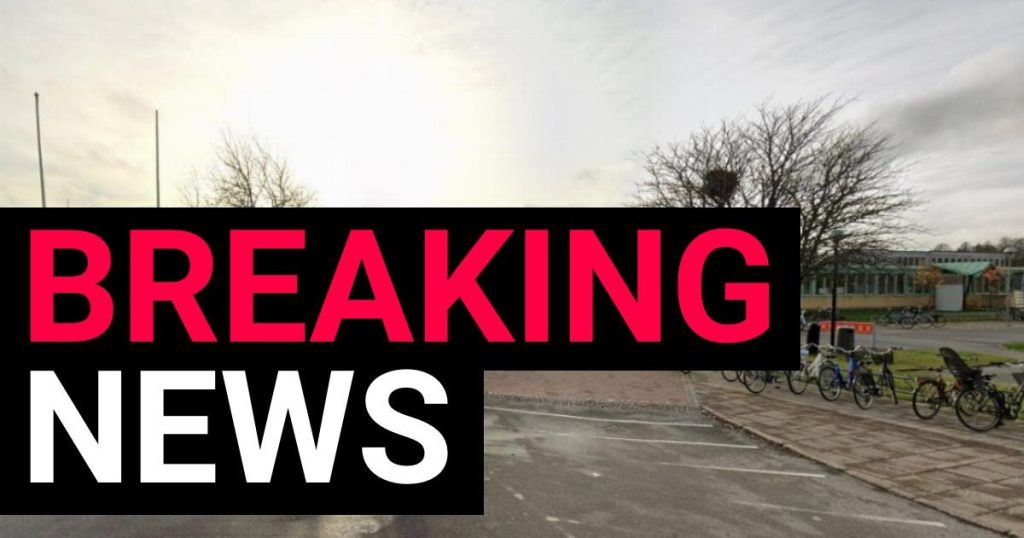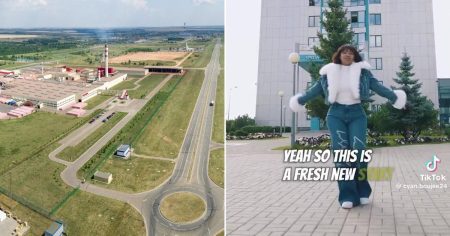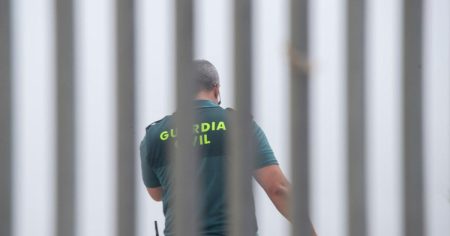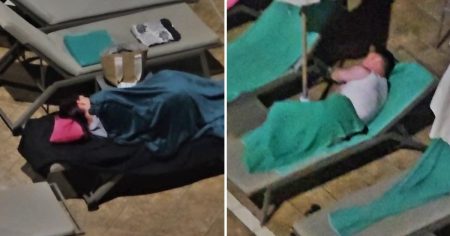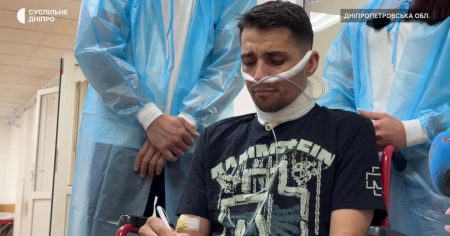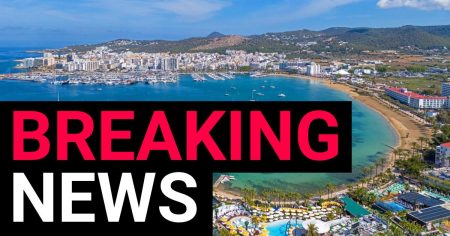A School Under Siege: Unfolding Events of the Risbergska School Shooting
The quiet morning in the Swedish city of Örebro was shattered by the chilling echoes of gunfire as reports of an active shooter reverberated through the halls of Risbergska School. Located approximately 125 miles west of Stockholm, the school became the epicenter of a rapidly escalating crisis, transforming from a place of learning into a scene of fear and uncertainty. Swedish police swiftly responded to the unfolding emergency, confirming the gravity of the situation and initiating a large-scale operation to contain the threat and secure the safety of students and staff. The incident, initially categorized as a potential threat of deadly violence, quickly escalated into a confirmed shooting, with five individuals reported as injured. While the full extent of their injuries remained unknown in the initial stages of the response, the severity of the situation prompted immediate action from local authorities, including the preparation of nearby hospitals to receive a potential influx of victims.
As the situation unfolded, a palpable sense of urgency gripped the city. Police issued stern warnings to the public, urging them to avoid the Västhaga area, where the school is located, emphasizing that the danger was not yet over. Residents were instructed to remain indoors, effectively placing the neighborhood under lockdown. The gravity of the incident was underscored by the deployment of multiple police units and ambulances, creating a scene of controlled chaos as first responders worked to secure the area and provide medical assistance to those affected. Students, caught in the midst of the unfolding tragedy, were sheltered in nearby buildings while other sections of the school were evacuated in a coordinated effort to minimize casualties. The swift and decisive actions of law enforcement and emergency services painted a stark picture of the seriousness of the threat.
Amidst the evolving crisis, information dissemination became paramount. Authorities established an information point for relatives and concerned individuals, providing a central hub for updates and support. This served as a critical link between the ongoing operation and the anxious community seeking answers and reassurance. The coordinated response extended beyond local law enforcement, with Justice Minister Gunnar Strömmer acknowledging the severity of the incident and confirming the government’s close monitoring of the situation. This high-level involvement underscored the national significance of the event and the commitment to ensuring a comprehensive and effective response.
The Risbergska School shooting sent shockwaves through Sweden, prompting a wave of concern and disbelief. The incident served as a stark reminder of the vulnerability of educational institutions and the ever-present threat of violence. As the initial reports emerged, details remained fragmented, leaving many questions unanswered. The identity and motive of the shooter remained unknown, adding to the anxiety and speculation. The incident sparked immediate discussions about school safety protocols and the broader issue of gun control in Sweden. The focus on preventing future tragedies of this nature became a national priority, prompting calls for increased security measures and a renewed focus on addressing the root causes of violence.
The investigation into the Risbergska School shooting promised to be complex and thorough. Authorities faced the daunting task of piecing together the events leading up to the incident, identifying the perpetrator, and determining their motive. The collection of evidence, including witness testimonies, forensic analysis, and any potential surveillance footage, became crucial in establishing a clear timeline of events and understanding the full scope of the tragedy. The investigation also sought to determine the type of weapon used in the attack, which was initially reported as an automatic weapon, and its origin. This information could shed light on the premeditation and planning involved in the incident, providing valuable insights for future preventative measures.
Beyond the immediate response and investigation, the long-term impact of the Risbergska School shooting on the community remained a significant concern. The psychological trauma experienced by students, staff, and families would undoubtedly require ongoing support and counseling services. The incident would likely leave an indelible mark on the city of Örebro, prompting a period of reflection and a renewed commitment to fostering safety and resilience within the community. The incident highlighted the importance of community solidarity and the need for comprehensive support systems to help those affected cope with the aftermath of such a traumatic event. The road to recovery would be long and challenging, requiring a collective effort to heal and rebuild a sense of security in the wake of this tragedy.





